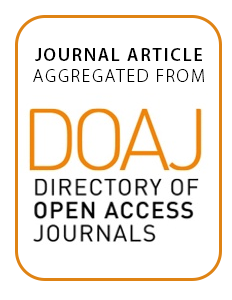Resource information
E nvironmental planning is an instrument for the operationalisation of the precautionary principle in environmental law and, to this end, must rely on maps depicting the spatial patterns of ecological attributes of aquatic and terrestrial ecosystems and of environmental change effects, respectively. In this context, different mapping techniques are presented by example of three case studies covering terrestrial, coastal and marine environments. The first case study was selected to demonstrate how to compute an ecological land classification of Germany by means of CART. The resulting ecoregions were mapped by GIS. This CARTography enables to regionalise metal bioaccumulation data in terms of 21 ecological land categories and to prove the specifity of emission control measures as being part of environmental policies. The second investigation was chosen to applyfor the first time in Germany the regionalisation approach to the research of climate change effects in terms of past, recent and potential future incidences of Anopheles sp. and malaria in Lower Saxony. To investigate whether malaria might be transmitted due to increasing air temperatures, data sets on past and future air temperatures were used to spatially model malaria risk areas. The third example demonstrates the transfer of the CARTography approach presented in the first case study from terrestrial to marine environments. We analysed the statistical relations between data on benthic communities and physical properties of their marine environments by means of CART and applied these rules to geodata which only describe physical characteristics of the benthic habitats. By this, those parts of the sea ground could be predicted where certain benthic communities might occur.



